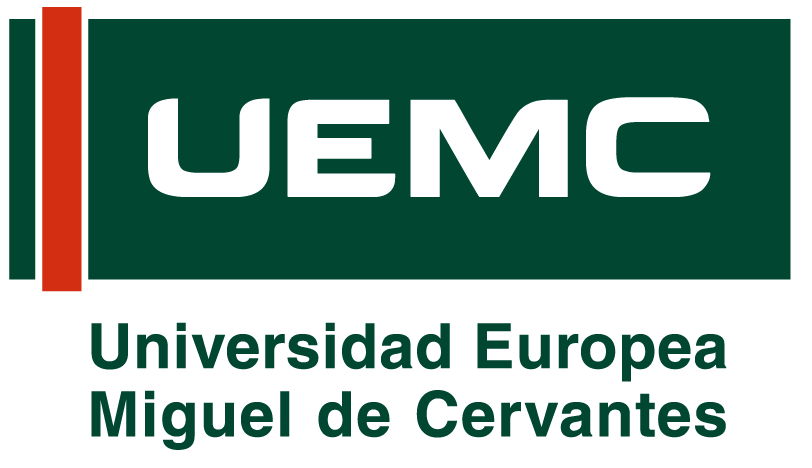By Ana Catarina Ribeiro
In my teen diary I once wrote “I love chocolates but I hate cooking, so I can’t make them. I love to read books, but I don’t write well, so I’ll never make a story. I love Lucas, but I’m not his type, so we’ll never be together. My life sucks!” Then I adorned the page by drawing a dramatic broken heart.
Despite having a diary where I poured out my secrets and frustrations, I believed from a young age that writing wasn’t my forte.
Growing up in a multicultural environment, surrounded by different languages, including two mother tongues, was the primary reason for this belief. Even today, when I need to write something longer than a shopping list, a text or an email, my brain starts to mix vocabulary, expressions and verbs from various languages. While I can identify some of these errors upon rereading, others just make sense to me and go unnoticed, resulting in some awkwardly constructed phrases. My diary is a good example of it.

Consequently, the idea of writing a full story never appealed to me. I preferred to read them, especially those full of adventures that could transport me to some foreign lands with just a paragraph. I eventually convinced myself I didn’t have une bonne plume, that I lacked the skill to transform an idea, event or memory into a captivating narrative.
So I gave up on doing it, and never imagined myself as a journalist crafting travel stories for a living!
My passions and profession lie in photography and videography, so I naturally gravitated towards planning a final project in the form of a documentary video featuring interviews. I intended for the interviews to serve as guiding thread of my work, allowing me to avoid the complexities of storytelling that would rely on my writing abilities.
That perspective changed when I learned about storytelling in class- not just the term itself, which I was familiar with, but it’s deeper meaning and concept.
Professor James Taylor was the first to introduce the term to us students, providing examples of successful narratives and pitches, sharing writing techniques and outlining the basic structure a story should possess– compelling title, detailed scenes with quotes, a conclusion ending in action etc.
Professors David Farley and Marck Gutman reinforced those ideas, offering additional examples, insights into the composition of a tale and sharing their own experiences.
And professor Jaume Marin reminded me of an essential aspect I had overlooked while assessing my storytelling skills: imagination is also a key ingredient in crafting a good story (or a successful marketing plan), and I believe I have some of that.
For the first time in years, I realized writing wasn’t reserved for the scholars or the gifted ones. It could be learned by following simple technical rules and using one’s imagination.
Storytelling suddenly felt accessible, achievable. The seven-headed monster was demystified.
Gradually, I began to believe that I too, could write (compelling) stories and feel confident enough to give it a try.
As a result, I reconsidered the format of my final project. While I’m still inclined to make a documentary video, I no longer want it to rely on interviews only.
I now have the confidence to actually construct a narrative in which the interviews and other gathered information would fit seamlessly. This shift would grant me better control over the final story, allowing me to enhance it as needed. Consequently, I revised my mind about the way I was planning to work and film once in the destination.
Initially, I planned to focus on specific activities and interviews. However, I have now the confidence to keep the câmara rolling and capture additional content that could enrich the final story through storytelling techniques.
I used to believe that (travel) journalism was all about stumbling upon unexpected, fantastic facts and events, then transforming them into captivating stories through exceptional storytelling and writing skill.
Now I understand that the art of travel journalism lies in recognizing potential stories in the smallest details and fundamental principles to write a compelling narrative. And the best part is that everyone can do it.
This article is part of the practical work carried out by the students of the Master’s in Travel Journalism.

